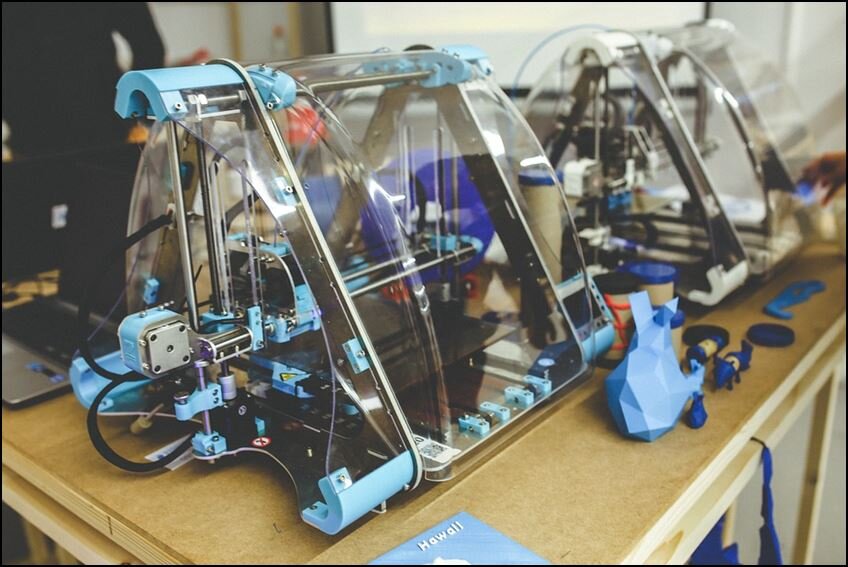![[Source: Pixabay ]](https://fabbaloo.com/wp-content/uploads/2020/05/Recruiting1_img_5eb08e2b1632f.jpg) [Source: Pixabay ]
[Source: Pixabay ]
Charles Goulding and Lara Tomiko of R&D Tax Savers examine opportunities for careers in 3D printing in today’s employment environment.
In the past month, Fabbaloo has published multiple articles covering massive layoffs at HP Inc. as well as major staff reductions at the smaller LulzBot, and the implications of each.
Overall the U.S. economy is at full employment and the 3D printing industry is growing. This means the 3D printing industry is particularly challenged when it comes to finding experienced professionals.
Hiring professionals from another company within the same industry can provide added synergy if both parties manage the process properly. However, this can be tricky to foster; the recruiting company has to be receptive to recognizing better practices on the one hand, and on the other, the newly hired employee has to resist the temptation of imposing best practices from their previous employment.
This navigation process can occur differently dependant on the size of the company.
Professionals working for larger companies generally have benefited from more training and are used to interacting with a wide range of professionals, while employees working for smaller companies typically wear many hats and can serve as utility players. Large companies can be great resources for specialists like quality assurance managers, testing managers, and materials experts.
We find the 3D printing industry to be close-knit, and as such, firm members often know who is strong talent, and thus a valuable asset at another 3D printing company. Companies that specialize in 3D printing that are aiming to onboard new talent should make sure that their internal and external recruiters are analyzing the new talent pool just made available to them.
Technical 3D Printing Recruitment will Increase R&D Tax Credits
Many of our clients factor in the benefit of the Resear ch and Development (R&D) Tax Credit into their technical hiring decisions. Hiring experienced technical professionals, including engineers, developers, designers, CAD technicians, as well as testing, software and materials experts, are going to result in a bump in the recruiting 3D printing company’s R&D tax credits.
Enacted in 1981, the now permanent Federal Research and Development Tax Credit allows a credit that typically ranges from 4%-7% of eligible spending for new and improved products and processes. Qualified research must meet the following four criteria:
-
Must be technological in nature
-
Must be a component of the taxpayer’s business
-
Must represent R&D in the experimental sense and generally includes all such costs related to the development or improvement of a product or process
-
Must eliminate uncertainty through a process of experimentation that considers one or more alternatives
Eligible costs include US employee wages, cost of supplies consumed in the R&D process, cost of pre-production testing, US contract research expenses, and certain costs associated with developing a patent.
On December 18, 2015, President Obama signed the PATH Act, making the R&D Tax Credit permanent. Beginning in 2016, the R&D credit can be used to offset Alternative Minimum tax for companies with revenue below $50MM and, startup businesses can obtain up to $250,000 per year in payroll tax cash rebates.
Conclusion
On a threshold basis, industry job layoffs are unquestionably painful. However, in the long run, the employer and the newly recruited employee will often find themselves better off.

